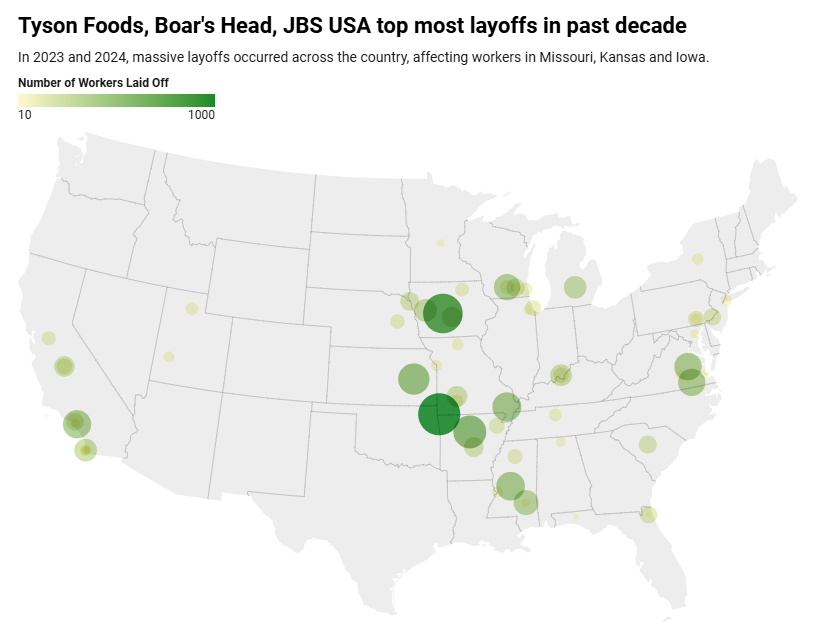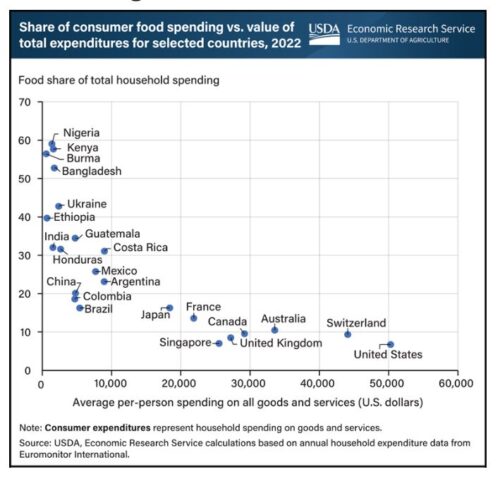While producers of sugar cane celebrated National Real Sugar Day on October 14, the New York City Council voted to require chain restaurants to post warning labels on sodas and other menu items that exceed to-be-defined limits on added sugars.
Mayor Eric Adams signed the Sweet Truth Act, which gives the city until 2024 to set standards and design the icon, and gives chain restaurants until 2025 to comply.
Meals at fast food and fast casual restaurants can be exceedingly high in added sugars, amounts that far exceed the FDA’s daily recommendation for consumption of 50 grams per day. Even most “small” fountain sodas sold at leading fast food chains contain more than a day’s worth of added sugars. Added sugars have been linked to weight gain in children and adults. Sugary drinks may also contribute to type 2 diabetes and heart disease.
In a video, New York City Health Commissioner, Dr. Ashwin Vasan, explains why sugar redction is a good idea.
Where is the FDA in all this? It held a public meeting on the need for sugar reduction. What it will do as a result remains to be seen, but the New York City action is surely a nudge.
In the meantime, the Government Accountability Office has some things to say about the U.S. Sugar Program. It sums up the issues concisely.
The Department of Agriculture administers the U.S. sugar program to support domestic sugar production through tools such as limiting the supply of sugar.
The program creates higher sugar prices, which cost consumers more than producers benefit, at an annual cost to the economy of around $1 billion per year.
The program also restricts the amount of sugar entering the U.S. at a low tariff. The tariff restrictions are applied using a method based on 40-year-old data that doesn’t reflect current market conditions. This has led to fewer sugar imports than expected.
We recommended that USDA evaluate its method for restricting imports.
Comment: Here is a situation in which policies for sugar production and import intersect with policies for sugar and health in peculiar ways. The objective of import policies is to restrict them in order to keep prices higher as a means to protect domestic sugar producers.
Ordinarily, food policies are designed to keep prices low—but not in this case (chalk this up to effective lobbying by cane and beet sugar producers, and the power of lobbyists in sugar-producing states).
Also ordinarily, higher prices would reduce demand, but sugar prices are nowhere near high enough to influence demand, which is one reason why this system continues.
Current policies are estimated to cost the public as much as $3.5 billion a year; divided by 350 million Americans means that the policies cost you an extra $10 per year for the sugar you buy—nowhere near enough to affect consumption.
Disparate goals for sugar are yet another reason why a single food agency overseeing the entire food system would be useful for reconciling these kinds of problems.












